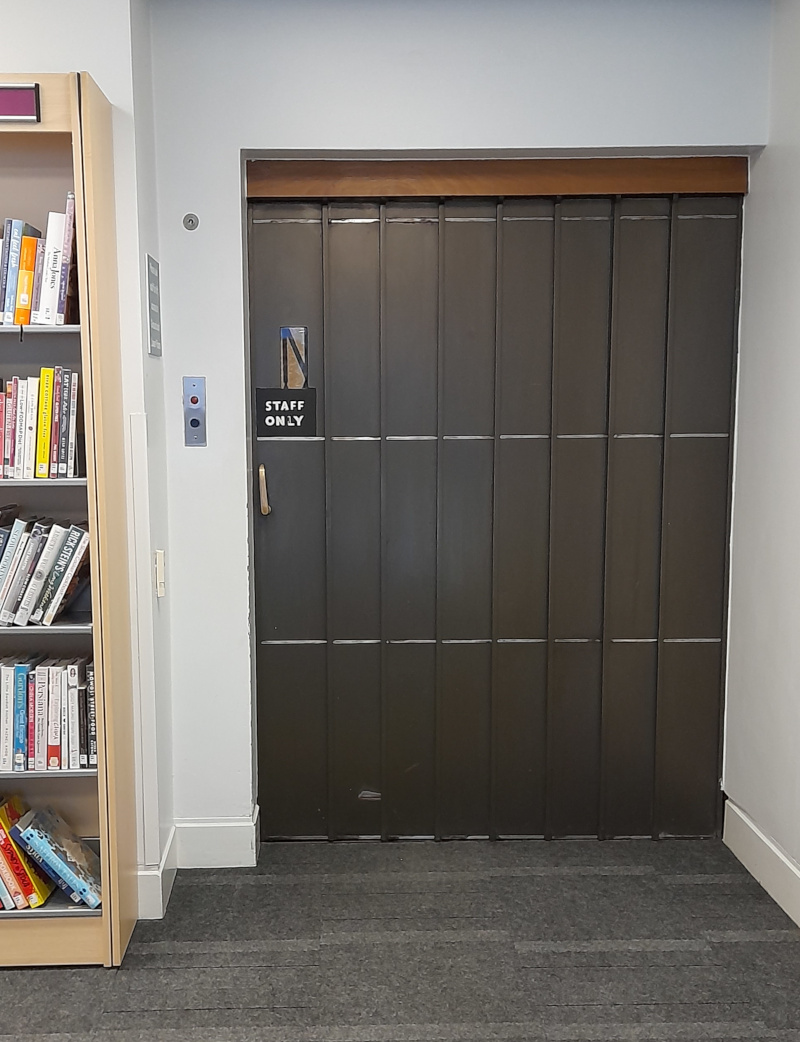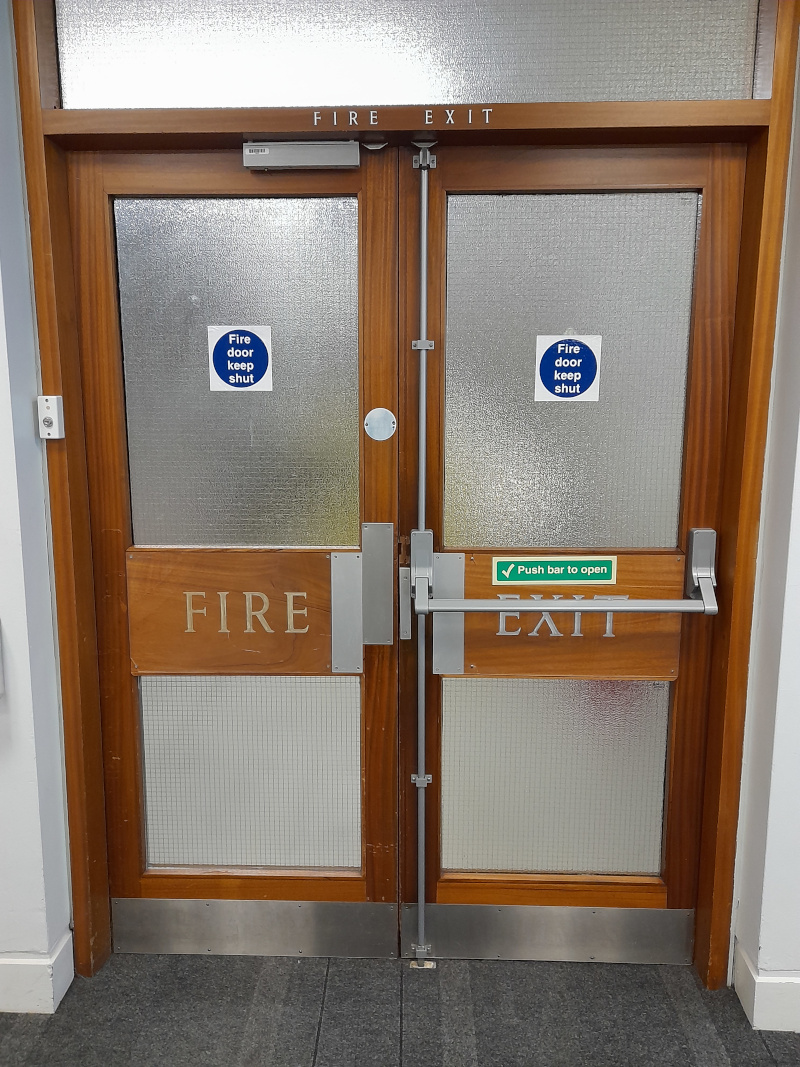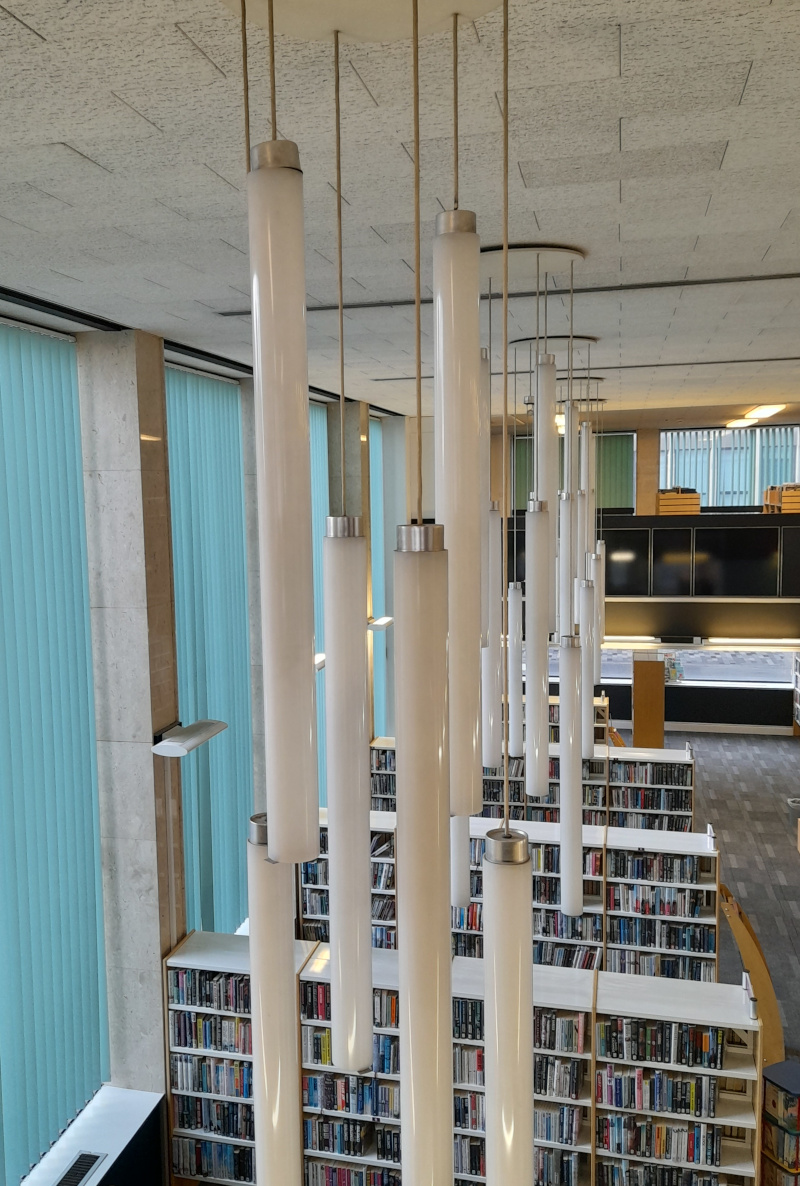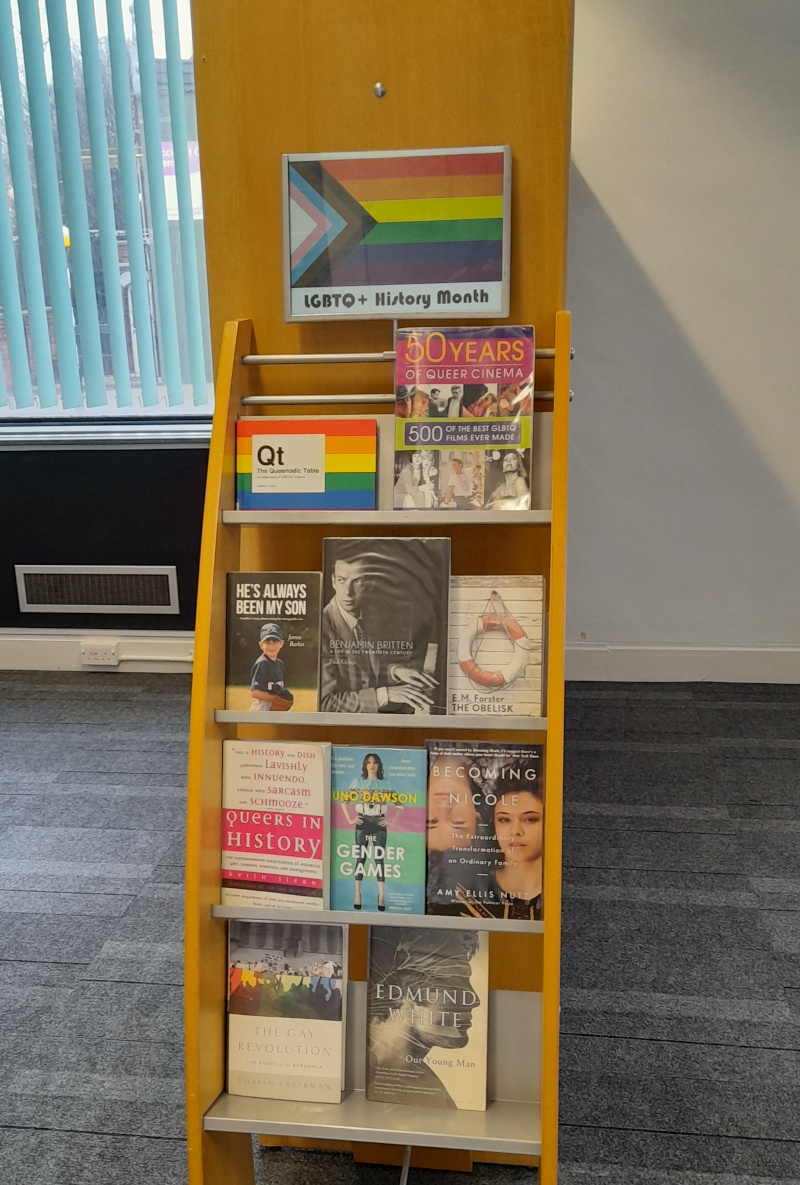One of the tabs I’ve had open in my browser for a few weeks meaning to write about it here is this *Guardian* article about the steady decline of phone boxes in the UK.
It brought back memories, and it made me feel old at the same time. My first memories are from the early 1980s, when if you didn’t have a phone line and needed one installed, you went on a waiting list that was several months long. When we moved into a new-build house, on an estate with no phone boxes either, that meant several months of walking to the nearest one, on the main road at the edge of the estate, to make calls, and long, tedious waits—tedious if you’re a pre-schooler, at least—outside the box when you needed to receive one. We had the phone line fitted, the phone wired in because house phones were the property of BT, not you, back in those days; and then just a few months later, a lightning strike hit a phone pole a few hundred yards up the street, with a massive crash, scorching and burning out the newly-fitted phone line termination box (and presumably those of the neighbours too). We went back onto the waiting list, and by the time we reached the top again, the house was fitted with a socket and the phone had to be given a plug. The phone itself had survived the lightning strike, although its bell never quite worked properly again.
When I reached my teens, I became a heavy phone box user once more, partly because my father had bought a cordless phone—which was completely analogue, not at all encrypted, and therefore something that any nearby radio ham, such as my father, could tune in to and listen in on. I hoarded my silver coins and started phoning friends from the phone box on the main road again, feeding 10p and 20p coins into it every few minutes, occasionally getting turfed out by someone else who needed to make a call and thought I was hogging it. I’d do the same on camping holidays, finding the nearest phone box in whatever village or hamlet we were staying in. In fact, most campsites then had their own on-site phone box, for you to phone home to let people know you’d arrived safely—which my parents did religiously on the first evening of each holiday.
I remember the switch from fully-enclosed boxes, whose doors were so strongly sprung I could barely pull them open, to ones with gaps at the bottom of the glass on three sides; or in “deprived areas” like the Grimsby West Marsh, armoured-looking stainless steel phones on poles with no box around them at all. What I can’t remember, though, is when I last used one. I’ve had a mobile phone since the turn of the century; I can’t even remember the last time I had a voice call that wasn’t either for work, or with one of my elderly uncles. I probably stopped using phone boxes when I went to university, although I don’t really have any definite certainty on that. For me they’re a part of the landscape, I’d be sad to see them disappear, but I likely wouldn’t notice at all. When I lived in Bristol, the phone box on the corner of the next street had a sticker on its door saying it was due to be removed for about a year, before one day it suddenly wasn’t there any more. That must mean nobody had used it for, what, maybe a couple of years at least by that point.
Do we still need phone boxes? Yes, we undoubtedly do, but that’s just For Now. Within my lifetime, they’ll probably go completely. Still, the world moves on. They were a phase, a hundred-and-fifty year phase, but now, their time is fading. Their time will soon be past.
Keyword noise: phones, phone boxes.

 Home
Home





 Newer posts »
Newer posts »